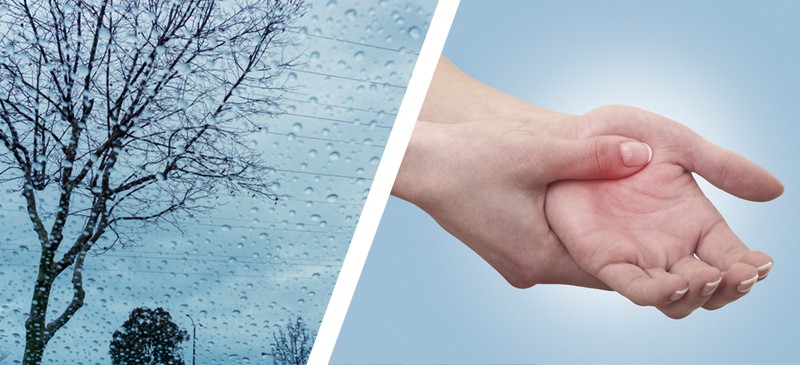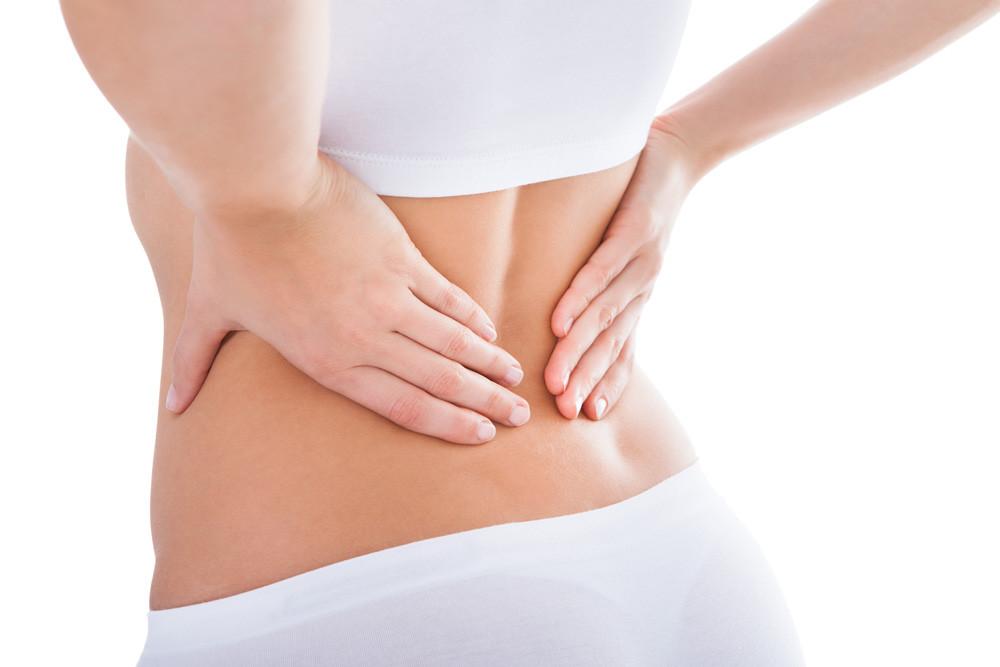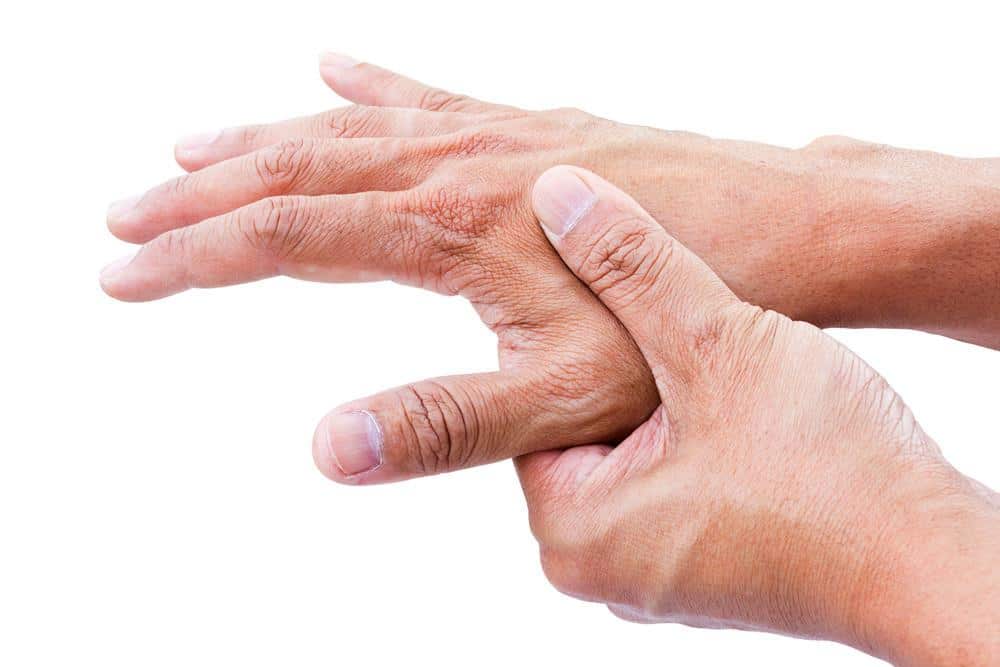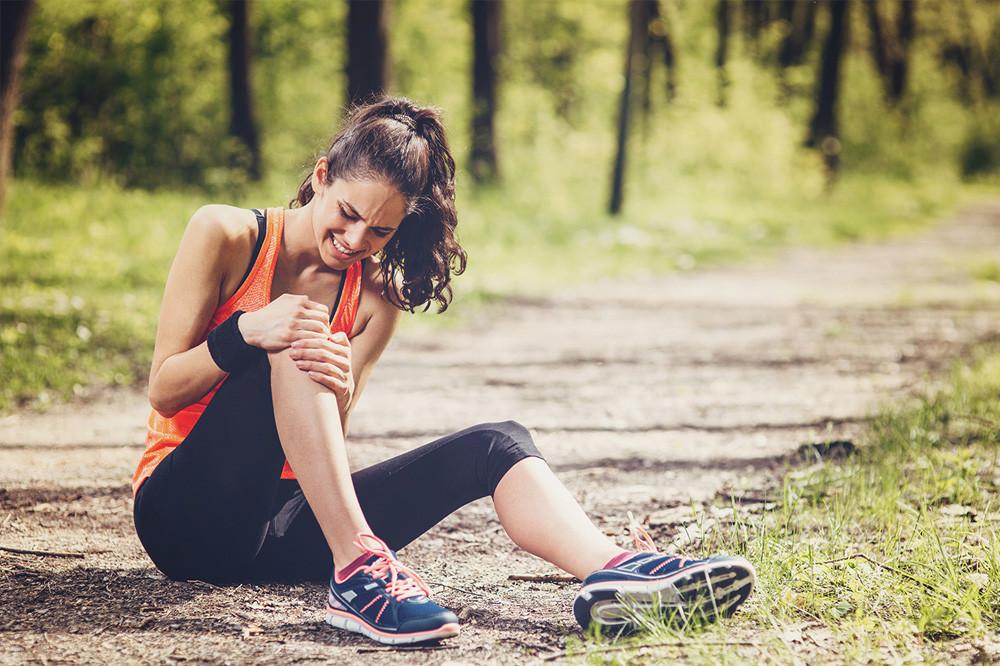Whether you have arthritis or you just have the creaky joints that come with age but haven’t been diagnosed, I bet you cringe when the weather changes just like I do, folks!
Believe it or not, for a long time, there wasn’t any research that linked joint troubles to weather changes, but that has changed recently.
In a Dutch study published in the Journal of the International Association for the Study of Pain, researchers watched the pain levels of people with hip osteoarthritis for a period of two years and then matched their pain levels against the weather records for each day (https://journals.lww.com/pain/Abstract/2014/04000/Associations_between_weather_conditions_and.21.aspx). What they found was that the pains and aches were a bit worse on the days when barometric and humidity levels rose. For each 10-percent increase in humidity, pain scores worsened by a point.
Of course, slight changes as seen in the Dutch study are too little to be held as “clinically relevant.” but that does not mean that the worsening pain wasn’t real for the people experiencing it. Other studies in Europe have had similar results, but as with the Dutch study, the changes were subtle, which could be why scientific studies have failed to show this connection until now.
It is not clear why barometric pressure impacts joint pain, although there are several theories. One such theory, as explained by rheumatologist Fotios Koumpouras, attributes this connection to the outside pressure changing the pressure inside a person’s joints, which could impact the nerve endings around those joints and result in pain. As explained by Koumpouras, there are very specialized receptors in those ligaments–stretch receptors–and they may be oversensitive in arthritic joints. So, when there are slight changes in atmospheric pressure, it could allow those specialized receptors to fire.
Daily activity and mood may also impact joint pain. For example, when the weather is cold and rainy, a person’s pain threshold may drop because of the effect the conditions have on their mood. When it’s rainy and/or cold, people are less likely to be on the move, and that means they don’t get the exercise that can help keep arthritis pain under control.
Last but certainly not least in the potential cause list is the placebo effect. When people expect their pain to worsen when there is a weather change–a commonly accepted theory in Western culture–they may very well experience more pain because of their mindset.
While there’s no way to cut the connection between weather changes and joint pain, you can try to keep positive when the weather shifts and keep up with your daily physical activity to help keep your pain at bay.




